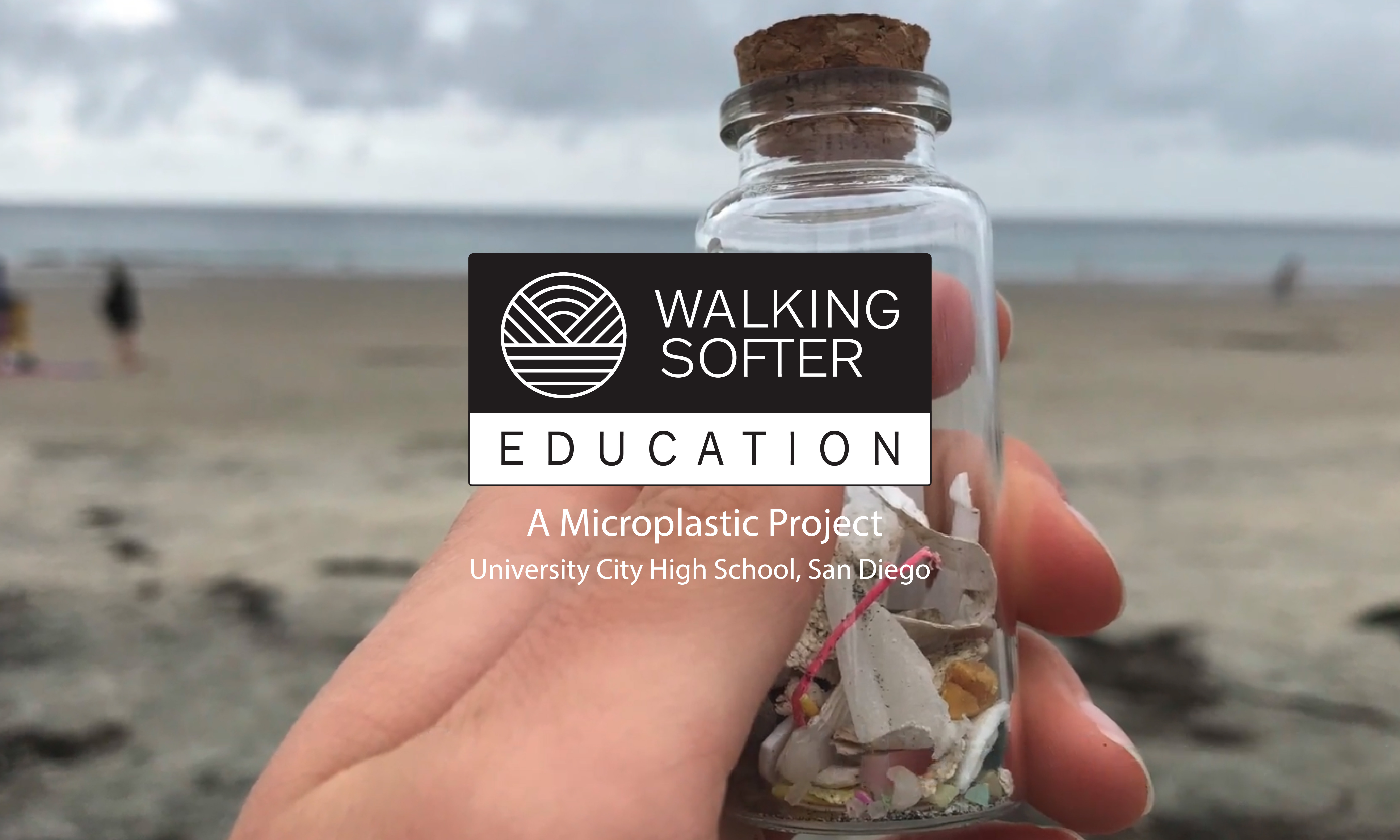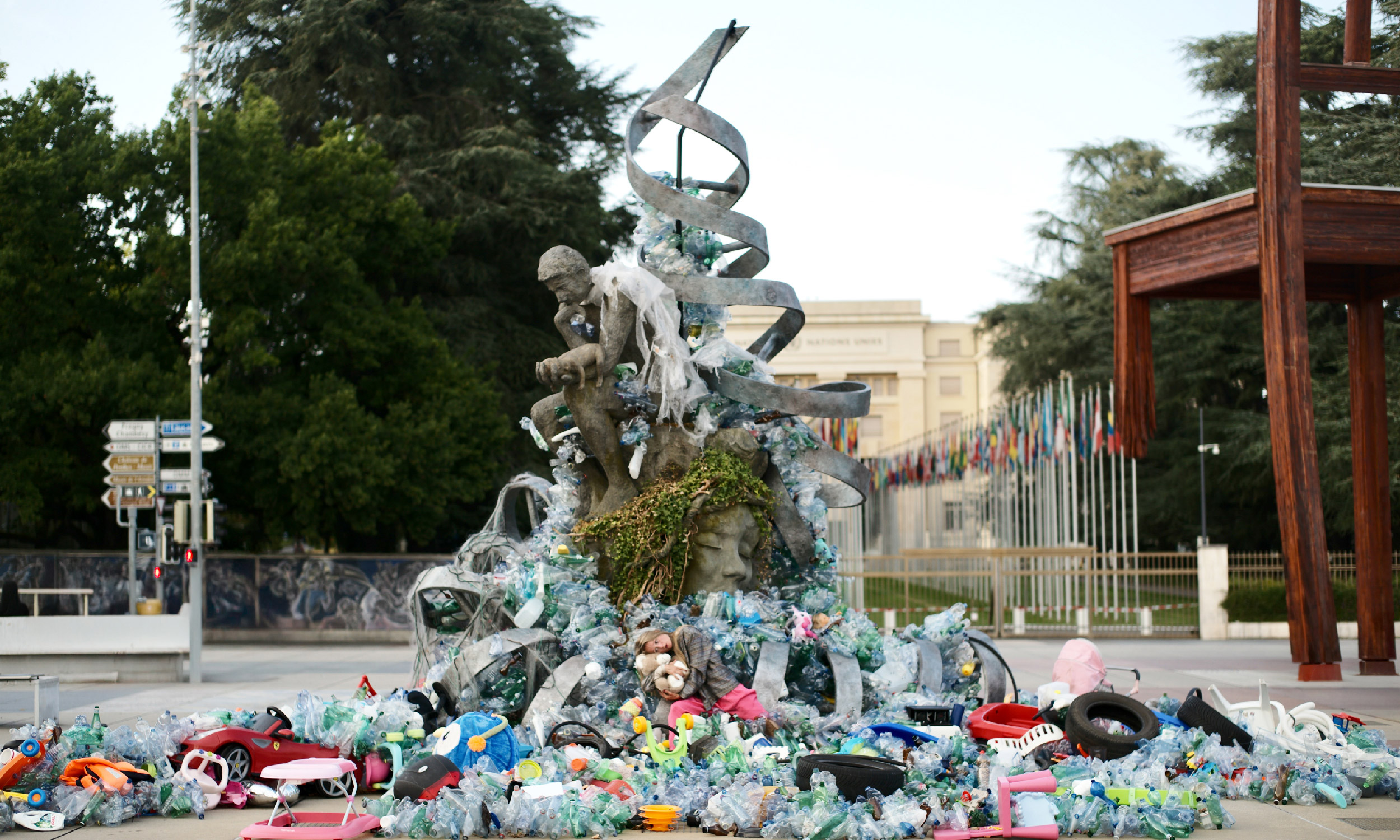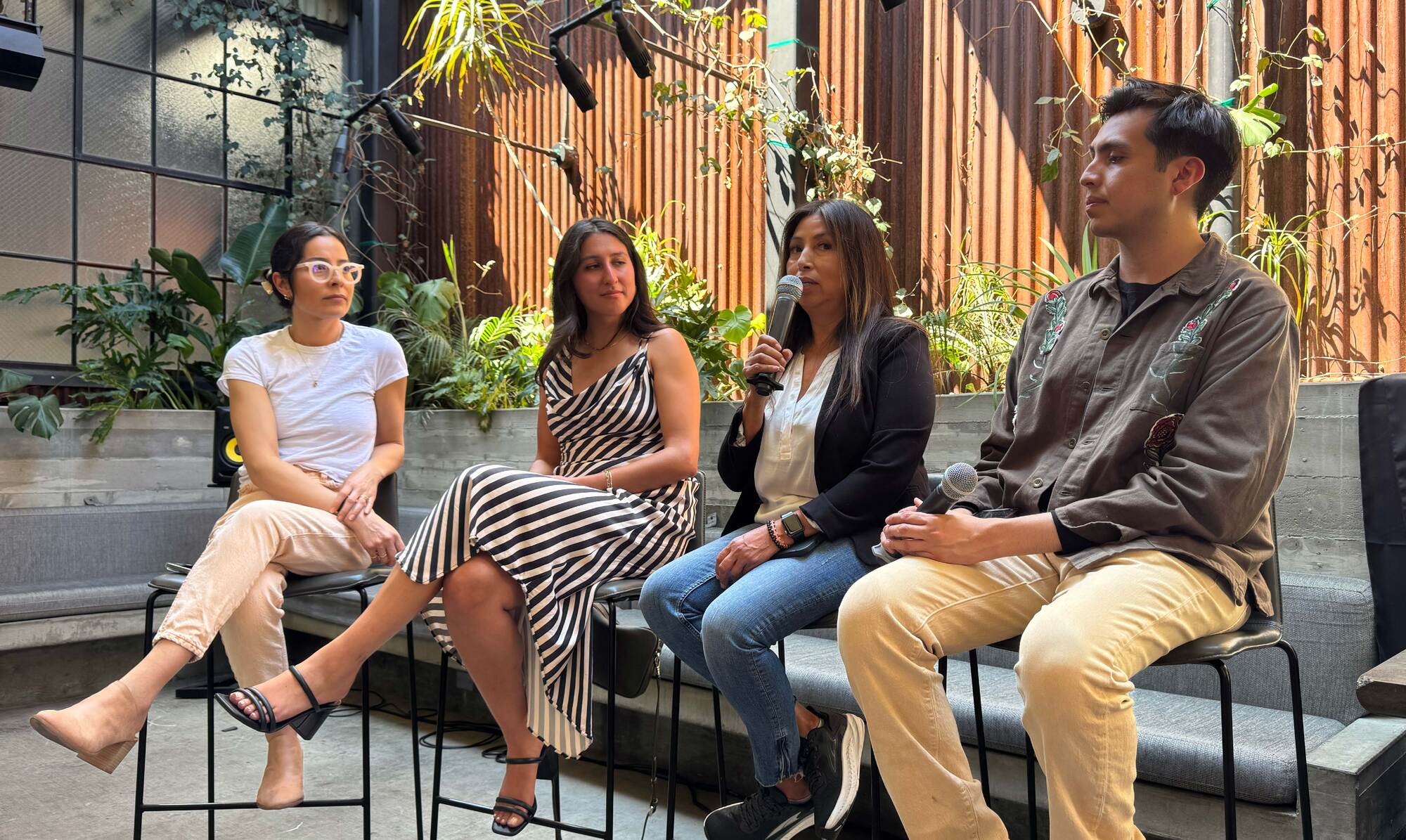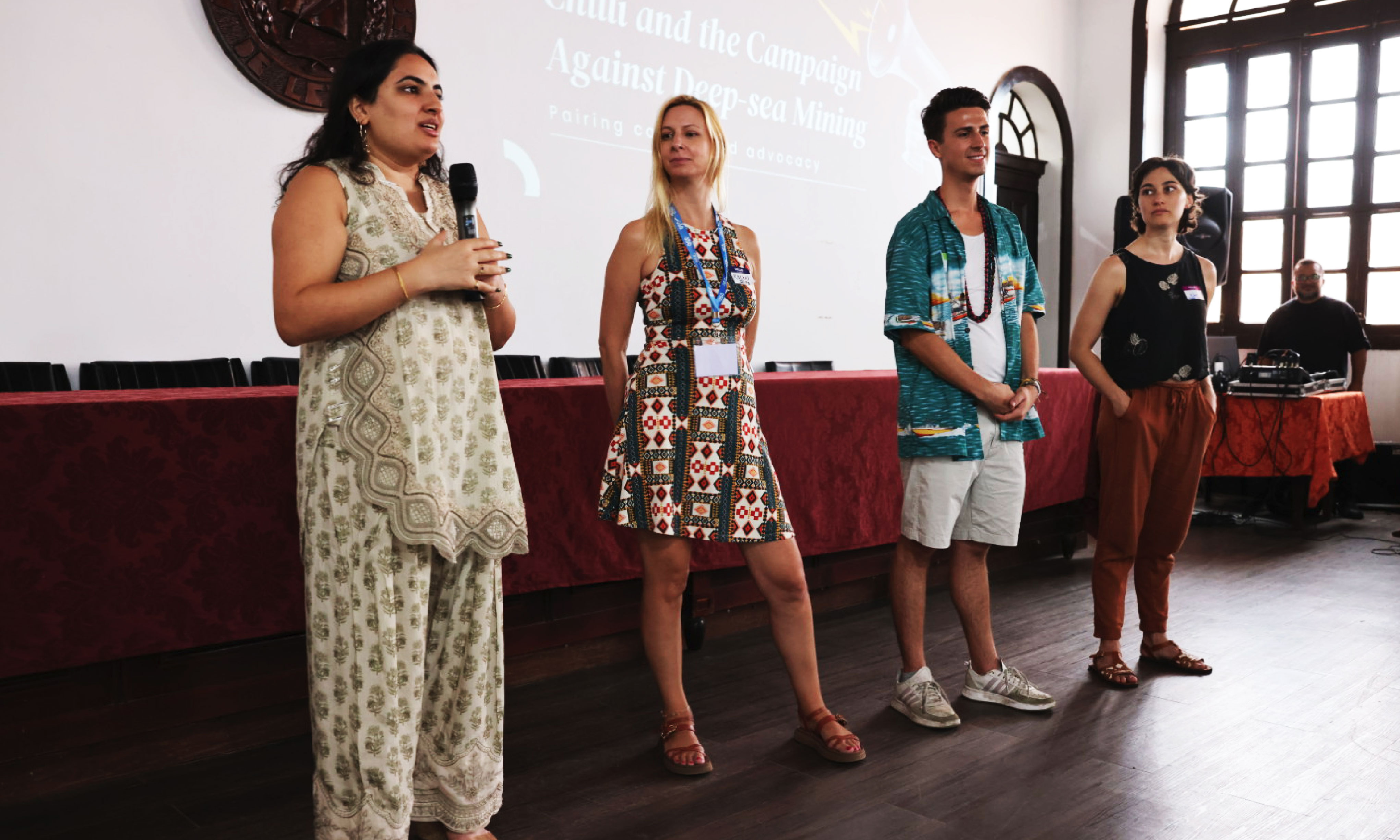10 Steps to Create a Sustainable Wardrobe
Sustainable fashion is crucial because it considers the environmental and social impacts of the clothing industry. By promoting eco-friendly practices, sustainable fashion helps reduce the immense carbon footprint caused by traditional fast fashion manufacturing processes.
July 25, 2023

Sustainable fashion is crucial because it considers the environmental and social impacts of the clothing industry. By promoting eco-friendly practices, sustainable fashion helps reduce the immense carbon footprint caused by traditional fast fashion manufacturing processes. Additionally, it emphasizes responsible sourcing of materials, supporting fair trade, and ensuring ethical labor practices, thereby fostering a more equitable and just fashion ecosystem. Embracing sustainable fashion also encourages consumers to make conscious choices, buy less, and invest in quality, durable pieces that stand the test of time, reducing overall waste. Ultimately, prioritizing sustainable fashion is a significant step towards preserving our planet for future generations and creating a more sustainable and compassionate fashion industry.
Below are 10 tips from experts on how to build a more sustainable wardrobe with minimal effort:
1. Change your attitude towards shopping by considering vintage pieces or renting special items.
2. Be informed about brands with a sustainable focus and do your research before making purchases. Don't fall for fast fashion's attempts at greenwashing.
3. Buy fewer pieces you'll wear forever, or at least anticipate beating the "30 wears" test before you buy.
4. Invest in trans-seasonal clothes that can be worn throughout the year.
5. Donate unwanted clothes to support a good cause and practice a one-in, one-out policy.
6. Take care of your clothes to make them last longer, and learn basic repair skills or find a reliable tailor.
7. Prioritize quality over quantity and save up for high-quality, sustainable pieces.
8. Adjust your spending habits by investing in everyday essentials rather than occasional items.
9. What you wear matters, and be intentional about each find, purchase, repair, repurpose, or donation. Feel good about what your clothes represent.
10. Examine clothing for quality, here's how:
- Quality of Fabric: Check the fabric composition and feel the material. Well-made garments often use high-quality fabrics that are durable, comfortable, and have a good weight and texture.
- Pull test: gently pull the fabric and release it to see if it retains its original shape.
- Finishing Details: Examine the finishing details such as seams, stitches, and hems. Well-made garments have straight, even stitches with no loose threads or visible fraying. Seams should be secure and properly finished.
- Structural Elements: Check for well-executed structural elements like zippers, linings, interfacings, and reinforcements. These elements contribute to the garment's shape, stability, and overall quality.
Sources: Harper's Bazaar / Sustain Your Style
Stories
A series of entries from our Walking Softer community that inform, inspire and support change on our planet.

Subscribe to the Walking Softer email newsletter
Be the Changemaker - join our email list for the latest news and opportunities.


